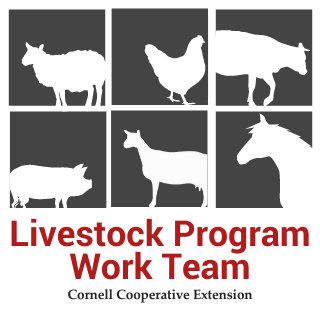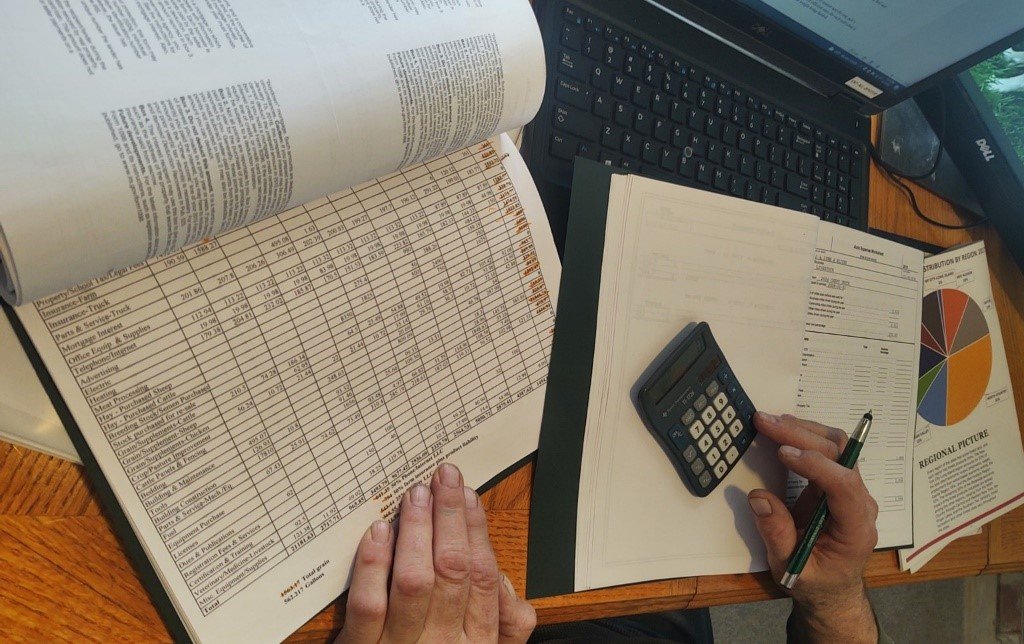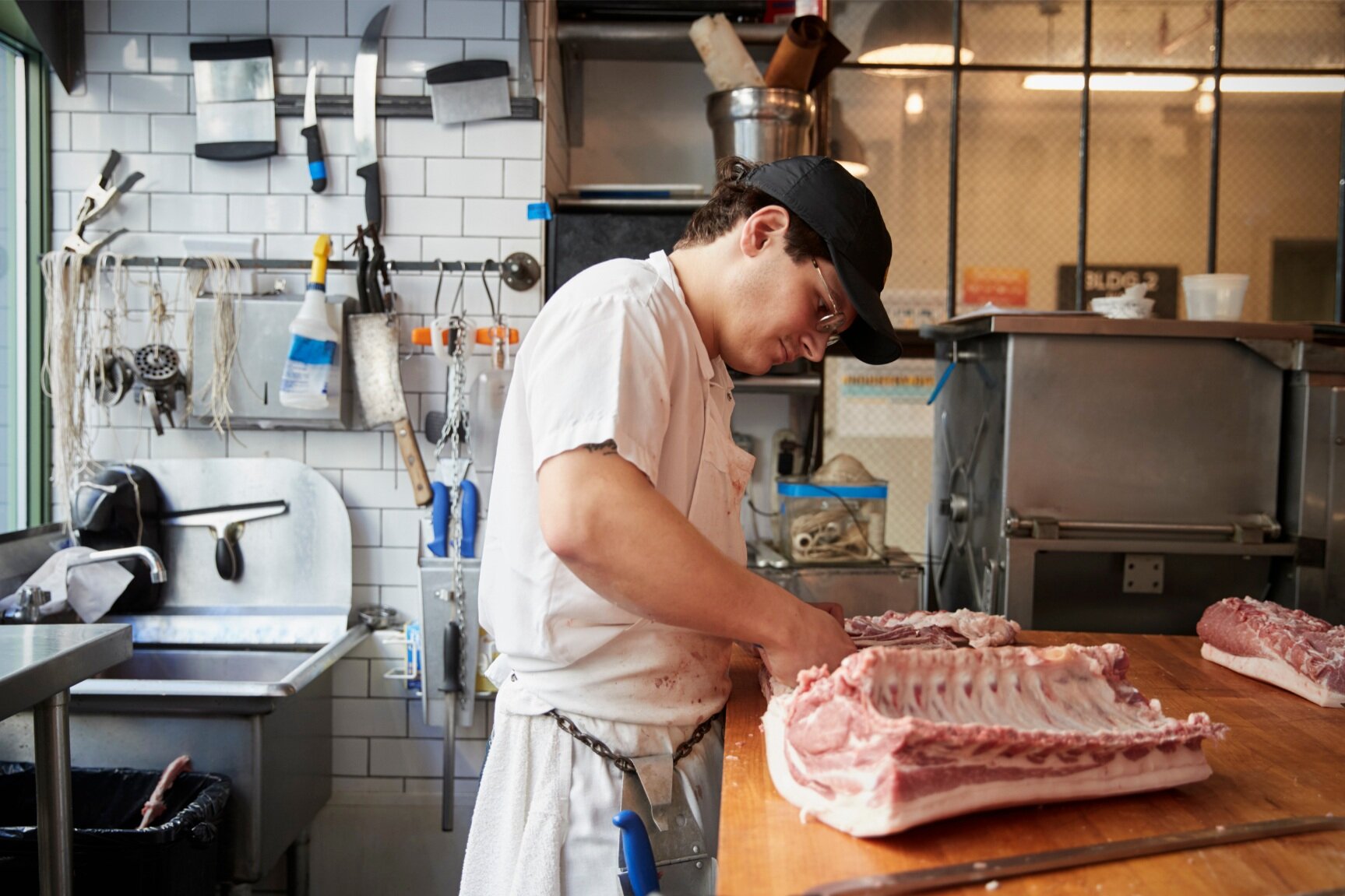Upcoming Events
About Grazing in New York
Grazing is a common practice used by livestock producers in the Northeast to provide forage, reduce supplemental feed needs, reduce farm energy costs, and improve soil and livestock health. Lands set aside for perennial plants for grazing can also help reduce nutrient losses and provide open space habitat for wildlife. In 2017, of the 6,866,171 acres of NY farmland, 16% or 429,136 acres was used for pasture. Over 30 million acres of idle land in New York State could also be grazed by livestock in the future. In New York, environmental conditions favor grazing cool-season grasses and legumes. Well-managed grazing systems with cool- and warm- season grasses and legumes can help farms be resilient to climate change.
Sources
Baker M, Benson F, Blood C, Dennis M, Green J, Griffen F, Grace J, Harmon C, Hoffman K, Jaffe K, et al. Increasing Livestock Production on Underutilized Grasslands in New York State. https://smallfarms.cornell.edu/wp-content/uploads/2012/03/GreenGrassGreenJobs_7.22.11-272pxhr.pdf
A Profile of Agriculture in New York State. https://www.osc.state.ny.us/sites/default/files/reports/documents/pdf/2020-02/agriculture-report-2019.pdf
USDA/NASS Census of Agriculture Chapter 1, Table 8. https://www.nass.usda.gov/Quick_Stats/CDQT/chapter/1/table/8/state/NY/year/2017








